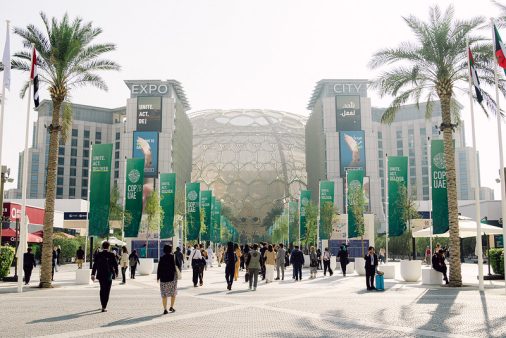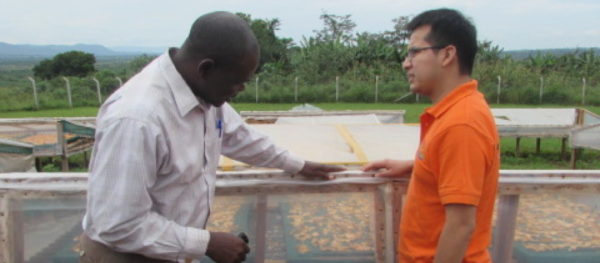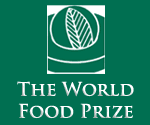Tag: biotechnology

Climate Change, Agriculture and Innovative Solutions: Emily Rees Speaks at COP28
Global: Emily Rees, CropLife International, engaged in a conversation on the critical connection between climate change and agriculture.
Read MoreCover Crops, Canola and Climate Change – the Importance of Innovation for Sustainable Farming
Northern America: Agricultural innovation is helping farmers combat climate challenges.
Read More#IamAg! Meet Victor, a Food Scientist at HarvestPlus
Latin America & the Caribbean: Learn about Victor's job working on biofortified crops, that have higher levels of nutrients and therefore help to combat malnutrition in the developing world.
Read More“Let us Choose What Works for our Farms,” Say Farmers about the Tools and Technologies Needed to Tackle Climate Change
Global: At last week’s World Food Prize in Des Moines, Iowa, a panel of five farmers from four continents discussed how they are responding to the challenges which global climate change will pose to their farms. (Read the Reuters Alertnet coverage of the event here; see the full event programme and video here.) The panel was […]
Read More



